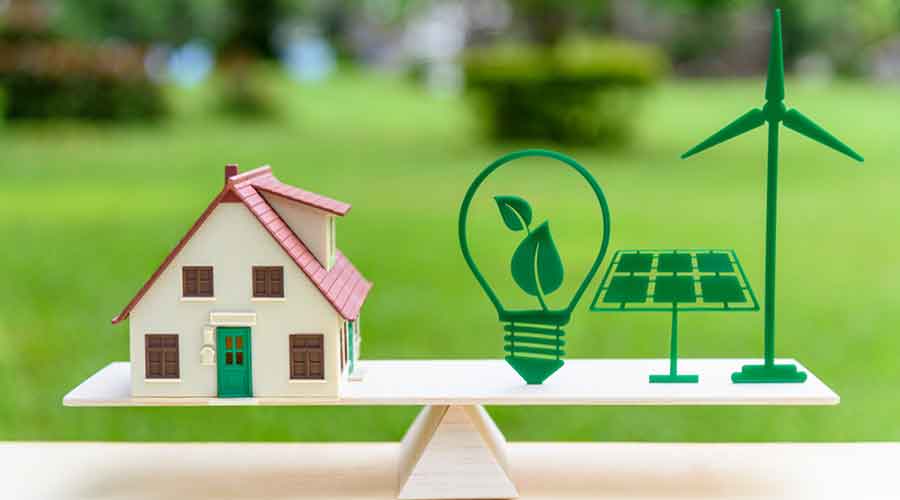Energy Efficient Homes
 Energy efficient or green homes are becoming increasingly popular as people become more conscious of their impact on the environment and seek to reduce their carbon footprint. These types of homes are designed to be energy-efficient, using renewable energy sources and eco-friendly materials to reduce energy consumption and carbon emissions.
Energy efficient or green homes are becoming increasingly popular as people become more conscious of their impact on the environment and seek to reduce their carbon footprint. These types of homes are designed to be energy-efficient, using renewable energy sources and eco-friendly materials to reduce energy consumption and carbon emissions.Pros:
Lower energy bills: One of the primary benefits of energy-efficient homes is that they require less energy to heat and cool, resulting in lower utility bills.
Reduced carbon footprint: Energy-efficient homes use renewable energy sources and emit fewer greenhouse gases, reducing their impact on the environment.
Improved indoor air quality: These homes often feature advanced ventilation systems and use materials that emit fewer volatile organic compounds (VOCs), leading to better indoor air quality.
Enhanced comfort: Energy-efficient homes are often designed with airtight insulation and better temperature control, resulting in increased comfort levels.
Cons:
Higher upfront costs: Building or retrofitting an energy-efficient home can be more expensive than traditional construction due to the cost of specialized materials and technology.
Limited availability: Energy-efficient homes are not yet widely available, and many homeowners may have to retrofit their existing homes to make them more energy-efficient.
Maintenance costs: Some green technologies require regular maintenance and may need replacement after a certain number of years, adding to the ongoing costs of owning an energy-efficient home.
Costs:
The cost of an energy-efficient home will vary depending on factors such as location, size, and the specific technologies and materials used. However, as mentioned earlier, building an energy-efficient home can be more expensive than traditional construction due to the cost of specialized materials and technology. However, in the long run, the lower utility bills can offset the upfront cost.
Energy performance ratings:
Energy-efficient homes are typically rated based on their energy performance using a standardized rating system, such as the Energy Star rating. The rating takes into account factors such as insulation, heating and cooling systems, lighting, and appliances to determine the energy efficiency of a home. The higher the rating, the more energy-efficient the home is.
In conclusion, energy-efficient homes offer numerous benefits, including lower energy bills, reduced carbon footprint, and improved indoor air quality. While they may come with a higher upfront cost, the long-term benefits can make them a worthwhile investment for environmentally conscious homeowners. Additionally, governments often provide incentives such as tax credits or rebates for building or retrofitting energy-efficient homes, which can help offset the upfront costs.